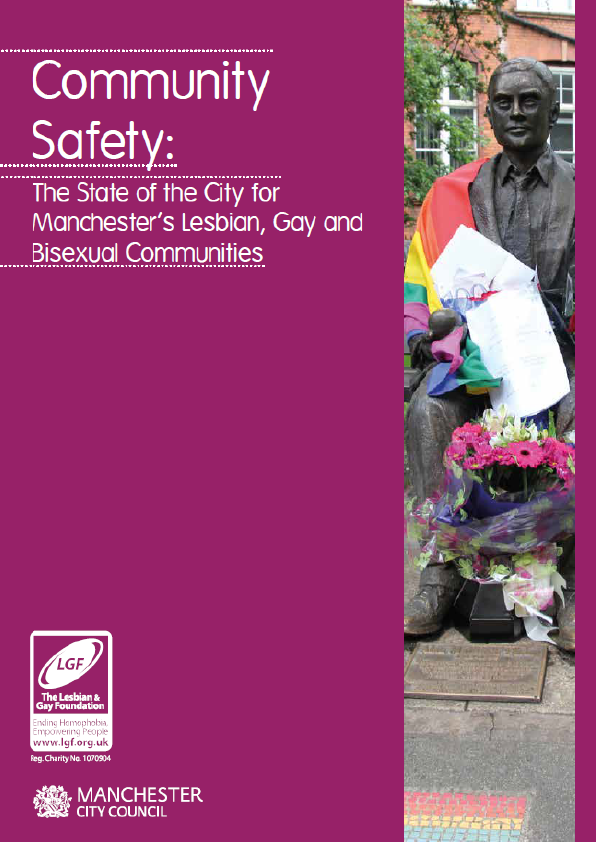Maybe you’ve spent considerable time thinking about communication. This could be through other academic courses or experiences in co-curricular settings such as a debate or speech team. You might also be showing up without thinking much about communication other than it is something that we all do just fine, thank you very much. In fact, your desire to complete a course in communication studies for broader reasons (i.e., graduation) could be the main (only?) driver for your participation in this exploration of small group communication. It could also be based on a desire to truly understand how people communicate in order to improve how they engage with others around them. It would probably be easy to put everyone on a spectrum to better understand why you’re here and how you see such a course focusing on small group communication improving things for you and the ways you interact with others.
In a simple way, such a process of putting everyone on a spectrum demonstrates that we are a group. This is because we have come together for a specific purpose and, in this case, for a specific time. This semester is an opportunity to not only read about and learn more regarding small group communication, but it is also an opportunity to experience group communication in real-time. We will oscillate between principles and practice, finding where concepts hold up in the multiples settings we have experienced or observed and where they need further refining and exploration.
But why is it important to think about and learn about small group communication? Why is this important beyond rudimentary skills learning about public speaking and the art of persuasion, for example? As John Gastil (2010, p. 3) notes, many people have a distaste for groups, but they also recognize the importance of groups:
“Small groups can create more problems than they solve, and they can wreak havoc in the service of dubious or even evil purposes. But as our own experiences already attest, groups can prove indispensable and help us achieve great ends. After all, if groups truly had nothing to offer, how could they be so prevalent? When employers look to hire, the ability to work effectively in teams ranks among the most desired qualities. Over 90% of the Fortune 500 companies use groups daily, with managers spending 30–80% of their days in meetings.”
In short, we might be frustrated with the idea of group work, but is plays an essential role in our lives, personal and professional. This ubiquity highlights why it is so important for us to better understand groups and the central role that communication plays within them. So, this leads to the first, and most basic, question about small group communication. What makes a group small?
Throughout this book, the term group serves as a short-hand term for small group, but the smallness of groups is always implied. It is relatively easy to see that the minimum size of a group is three people. With only two people present, we have a dyad, a pair of people who can communicate back and forth and make decisions together. Adding just one more person to the mix makes possible majority-minority splits, introduces potential competition for attention, and otherwise changes the fundamental nature of the social unit.











